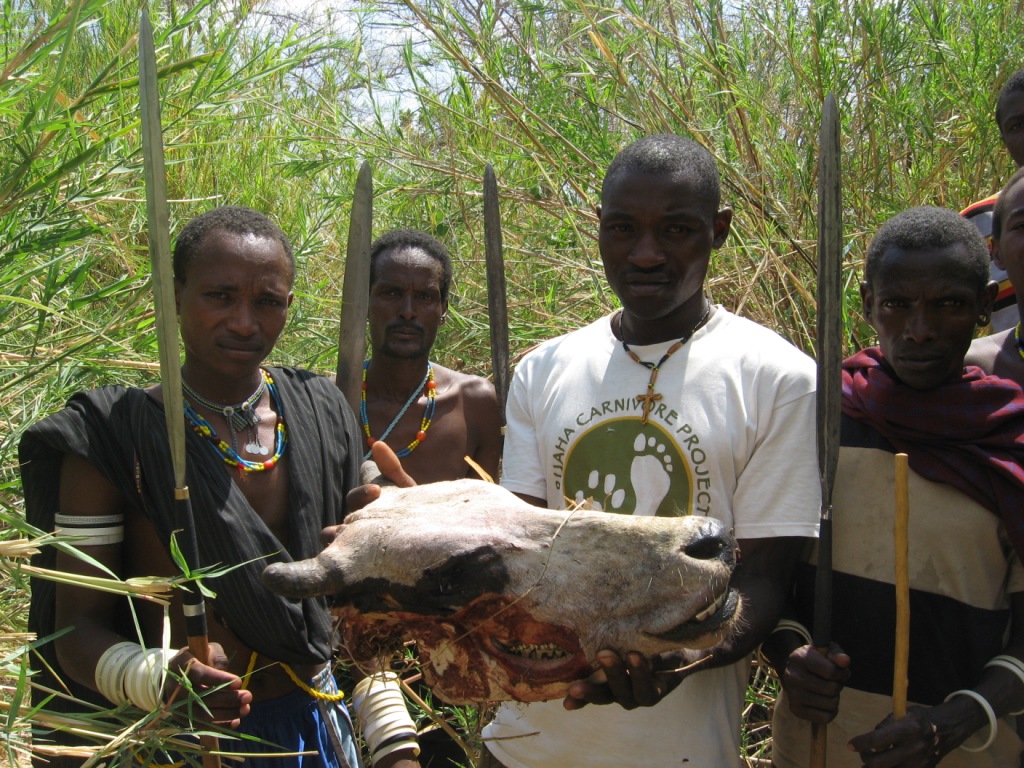News
David Macdonald explains how WildCRU’s Ruaha Carnivore Project informs general thinking on how to resolve predation on livestock
Leandro Abade was a star pupil on WildCRU’s Recanati-Kaplan Centre’s Postgraduate Diploma in International Wildlife Conservation Practice (see details on this website). Indeed, his Distinction on that course convinced the Brazilian government to support his doctoral research at WildCRU, and now his findings in Ruaha, Tanzania, have been featured as model study in review on hotspot mapping of carnivore livestock depredation. Leandro, working with Dr Amy Dickman and myself, published his findings in Abade et al. 2014. The research led to the production of risk maps, which have been shared with local people through Swahili PowerPoint presentations delivered during educational DVD nights to help livestock owners recognize distributions of risk in their area. We also use risk maps to prioritize households for receiving guard dogs and assistance with constructing predator-proof enclosures for livestock, which have reduced carnivore attacks by more than 90%. Now Jennie Miller, who divides her time between Cornell University and Panthera, has conducted a review published in Biodiversity and Conservation. She describes emerging techniques for modeling and mapping large carnivore attacks on livestock and discusses applications for reducing human-carnivore conflict. The review concludes that WildCRU’s study, led by Leandro, is a model for translating cutting edge science into practically useful outreach.






